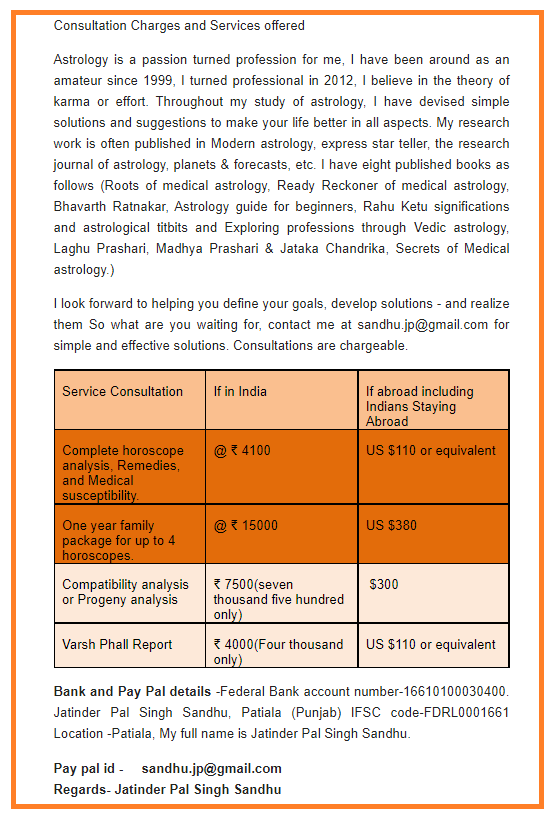Many individuals whose Kundalini has been unexpectedly unleashed DO NOT KNOW WHAT IS HAPPENING, and the prevailing social ignorance about this multidimensional transformative process makes it hard to find medical or alternative health practitioners or spiritual advisors who recognize the symptoms, particularly when they are strongly physical. Many people know that the risen Kundalini flings open gates to all sorts of mystical, paranormal and magical vistas, but few realize it can also dramatically impact the body.
The following are common manifestations of the risen Kundalini:
� muscle twitches, cramps or spasms
� energy rushes or immense electricity circulating the body
� itching, vibrating, prickling, tingling, stinging or crawling sensations
� intense heat or cold
� involuntary bodily movements (occur more often during meditation, rest or sleep): jerking, tremors, shaking; feeling an inner force pushing one into postures or moving one's body in unusual ways (may be misdiagnosed as epilepsy, restless legs syndrome (RLS), or PLMD.)
� alterations in eating and sleeping patterns
� episodes of extreme hyperactivity or, conversely, overwhelming fatigue (some CFS victims are experiencing Kundalini awakening)
� intensified or diminished sexual desires
� headaches, pressures within the skull
� racing heartbeat, pains in the chest
� digestive system problems
� numbness or pain in the limbs (particularly the left foot and leg)
� pains and blockages anywhere; often in the back and neck (Many cases of FMS are Kundalini-related.)
� emotional outbursts; rapid mood shifts; seemingly unprovoked or excessive episodes of grief, fear, rage, depression
� spontaneous vocalizations (including laughing and weeping) that are as unintentional and uncontrollable as hiccoughs
� hearing an inner sound or sounds, classically described as a flute, drum, waterfall, birds singing, bees buzzing but which may also sound like roaring, whooshing, or thunderous noises or like ringing in the ears
� mental confusion; difficulty concentrating
� altered states of consciousness: heightened awareness, spontaneous trance states, mystical experiences (if the individual's prior belief system is too threatened by these, they can lead to bouts of psychosis or self-grandiosity)
� heat, strange activity, and/or blissful sensations in the head, particularly in the crown area.
� ecstasy, bliss and intervals of tremendous joy, love, peace and compassion
� psychic experiences: extrasensory perception; out-of-body experiences; past life memories; astral travel; direct awareness of auras and chakras; contact with spirit guides through inner voices, dreams or visions; healing powers
� increased creativity: new interests in self-expression and spiritual communication through music, art, poetry, etc.
� intensified understanding and sensitivity: insight into one's own essence, deeper understanding of spiritual truths, exquisite awareness of one's environment (including "vibes" from others)
� enlightenment experiences: direct Knowing of a more expansive reality; transcendent awareness
Also, for some people profound spiritual realizations do not occur until months or years after the other signs and symptoms. Individuals who are having experiences of an obvious spiritual nature are usually more able to integrate and benefit from the process, regardless of how they may label it. But those who experience what seems to be illness or weird psychic phenomena often are very alarmed until they understand that they are not sick or crazy. And even the enlightening and beautiful experiences can be so powerful that people doubt their sanity.
